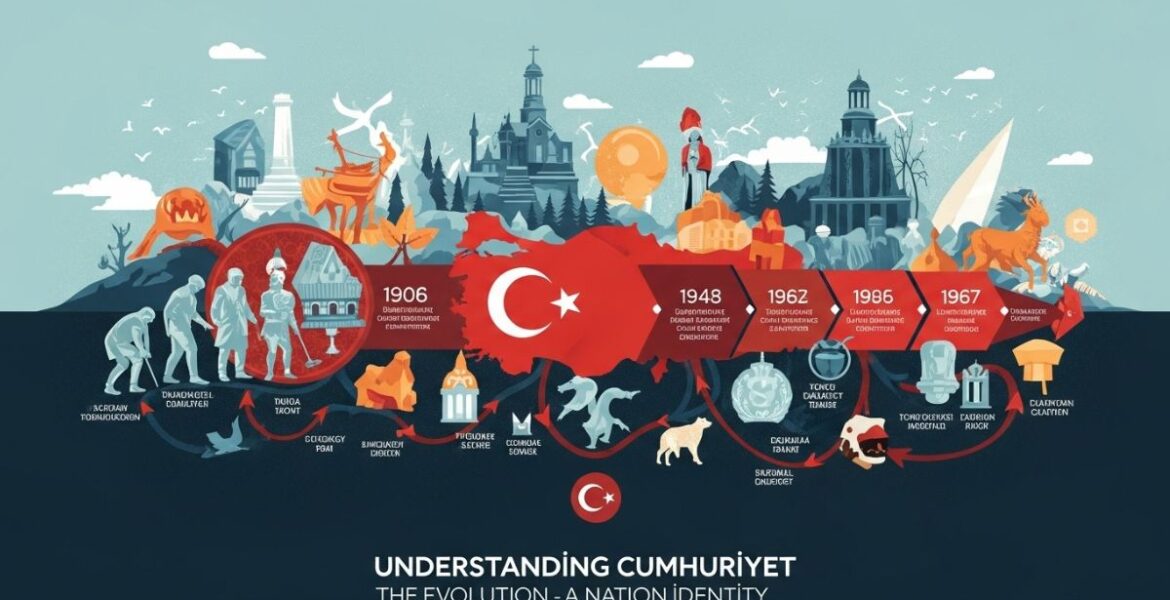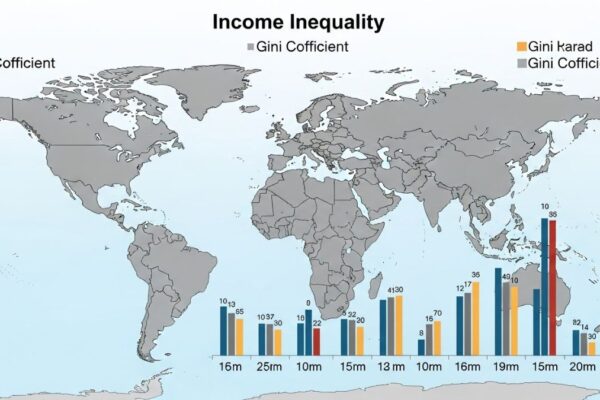Understanding cumhuritey: The Evolution of a Nation’s Identity

Cumhuritey is a term that resonates deeply within the hearts and minds of citizens from various corners of the globe. It embodies more than just a political concept; it represents an evolving identity shaped by culture, history, and collective aspirations. As nations navigate their paths through time, understanding cumhuritey becomes essential in grasping how societies define themselves. This exploration invites you to delve into the fabric of cumhuritey—unraveling its influences, interpretations, and impact on national unity. Join us as we embark on this journey toward comprehending what makes cumhuritey such a powerful element of modern nationhood.
Cultural Influences on the Concept of Cumhuritey
Cumhuritey embodies a complex tapestry of cultural influences that shape its essence. At its core, it reflects the historical narratives and social dynamics unique to each nation.
Art, literature, and music have played vital roles in shaping perceptions of cumhuritey. These mediums often serve as platforms for expressing national pride and collective identity.
Traditions passed down through generations also contribute significantly. Customs related to governance and community engagement influence how citizens perceive their role within a cumhuritey framework.
In many cultures, philosophical teachings intersect with political ideals. Concepts from ancient thinkers inspire modern interpretations of citizenship and civic duty.
Additionally, globalization introduces diverse perspectives on what it means to belong. This interplay between local traditions and global dialogues continually enriches the understanding of cumhuritey across various contexts.
Modern Interpretations and Evolving Definitions
The concept of cumhuritey has transformed significantly in recent years. As societies evolve, so too do their interpretations of national identity. For many, cumhuritey now embodies more than just political structures; it reflects a broader sense of belonging and community.
In contemporary contexts, this idea embraces diversity and inclusivity. It encourages dialogue among different cultural groups within nations. People are seeking to redefine what it means to be part of a collective identity.
Social media plays a pivotal role in shaping these modern interpretations. Citizens share their stories and experiences, contributing to a richer tapestry that defines cumhuritey today.
Additionally, younger generations challenge traditional norms associated with nationality. They advocate for values such as justice and equality that resonate deeply within the framework of modern cumhuritey.
This evolving definition continues to spark conversations around patriotism versus global citizenship—an intriguing dynamic worth exploring further.
Examples of Cumhuritey in Different Countries
Cumhuritey manifests uniquely across various nations, reflecting their diverse histories and cultures. In Turkey, it embodies the transition to a republic in 1923, marking a shift from imperial rule to democratic governance. This transformation laid the foundation for national identity rooted in secularism and civic nationalism.
In Tunisia, cumhuritey took shape during its revolution. The movement fostered a sense of unity among citizens seeking democracy post-Arab Spring. Here, it symbolizes hope and resilience against oppression.
India presents another facet with its parliamentary system functioning as a testament to cumhuritey’s adaptability. It unites an array of languages and customs under one constitution while celebrating pluralism.
Each example showcases how cumhuritey adapts to local contexts yet retains core values of democracy and citizenship that bind people together.
Challenges and Controversies Surrounding Cumhuritey
Cumhuritey faces numerous challenges that stem from differing interpretations. These variations often lead to heated debates about what it truly represents. For some, it symbolizes democracy and freedom; for others, it’s seen as a tool for political control.
Discontent arises when citizens feel excluded from the narrative of cumhuritey. Marginalized groups argue that their voices are often overshadowed or ignored in the quest for a unified national identity. This exclusion can foster resentment and division.
Additionally, historical events color perceptions of cumhuritey. In many regions, past conflicts shape current attitudes toward governance and citizenship rights. Such legacies complicate how people relate to this concept today.
The role of technology cannot be overlooked either. Social media amplifies controversies surrounding cumhuritey by providing platforms for diverse opinions but also fueling polarization among various factions within society.
The Impact of Cumhuritey on National Identity and Unity
Cumhuritey has played a pivotal role in shaping national identity across various nations. Its essence lies in the idea of a government representing the will of the people, fostering a sense of belonging and collective purpose.
In countries embracing cumhuritey, citizens often experience heightened engagement with their governance. This participation cultivates pride and ownership over shared values and traditions. As individuals unite under this common ethos, they create stronger bonds within diverse communities.
However, challenges persist. Different interpretations can lead to divisions rather than unity. In some cases, competing ideologies may strain social cohesion. Yet through dialogue and understanding, many societies navigate these complexities.
Cumhuritey’s influence extends beyond politics; it shapes cultural narratives that define what it means to be part of a nation. These shared stories become vital threads in the fabric of national identity.
Conclusion:
Understanding cumhuritey reveals the complexity of a nation’s identity. It stands as a testament to the cultural influences that shape societies and their values, reflecting diverse interpretations across different regions. The concept is dynamic, evolving with time and circumstances.
As nations grapple with challenges surrounding cumhuritey, it becomes evident that this principle plays a crucial role in fostering unity. Its impact resonates through national identities, influencing how people perceive themselves within their communities.



Leave a Reply